How we photographed motorsports back in the day

The question came with an air of exasperation: How’d you all manage to photograph motorsports with just film cameras?
We just did it. It was either that or draw a picture, I joked.
I still remember the first time I caught something exciting through the lens: a white Fox-body Mustang sideways at Bridgehampton, the image of the locked-up brake lights forever burned into my memory.
When I got the film back, yeah, I’d got it. Manual focus, manual film advance. Last I remember, I had the print hanging on my dorm wall. One day I should look for it. I’m sure it’s here somewhere.
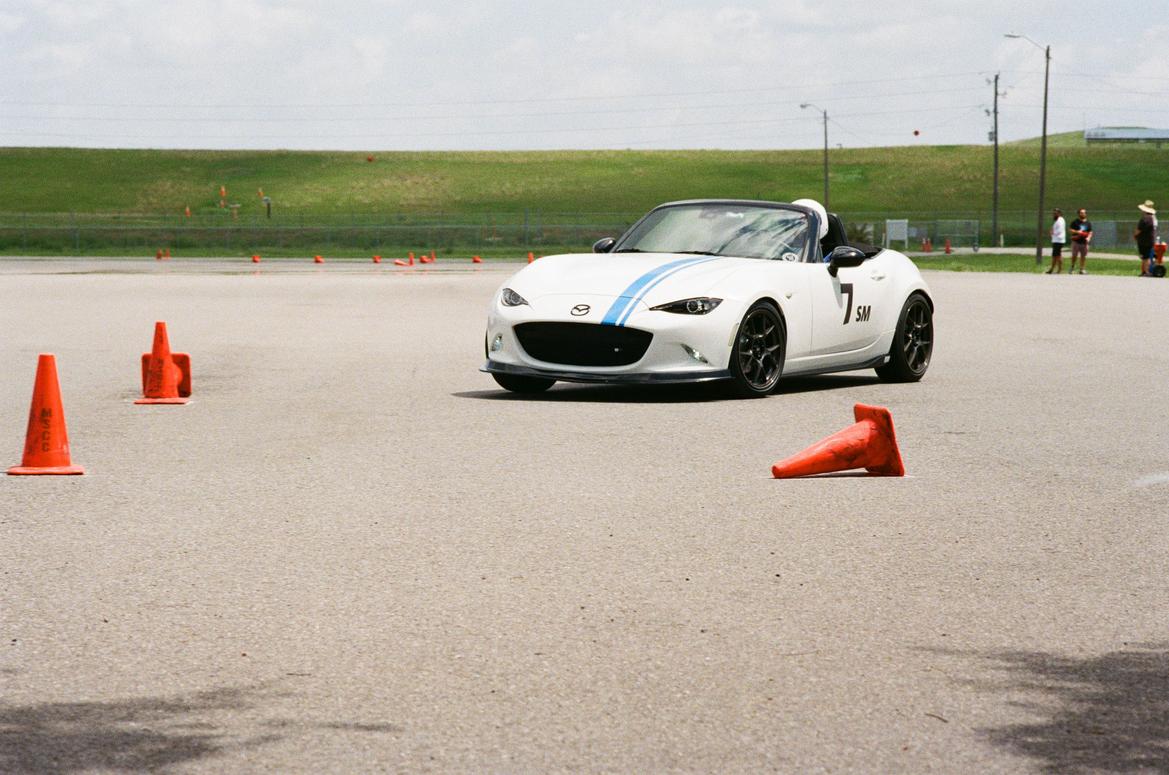
[Vintage cameras: the most accessible way to experience the past?]
Ever since I picked up a camera–around the age of 5, my dad recalls–I’ve regularly pursued the latest technology. I started with a garage sale 126 Instamatic that was, eventually, replaced with a garage sale 110.
I took my trusty Canon A-1 to college. When released in 1978, it perhaps represented the most technologically advanced camera available courtesy of its five automatic modes–groundbreaking news at the time. You still had to manually focus the lens and advance the film, though.
While visiting home for holiday break, my dad said we were going to the camera store: If I was going to pursue photography, I needed to keep up with the technology.
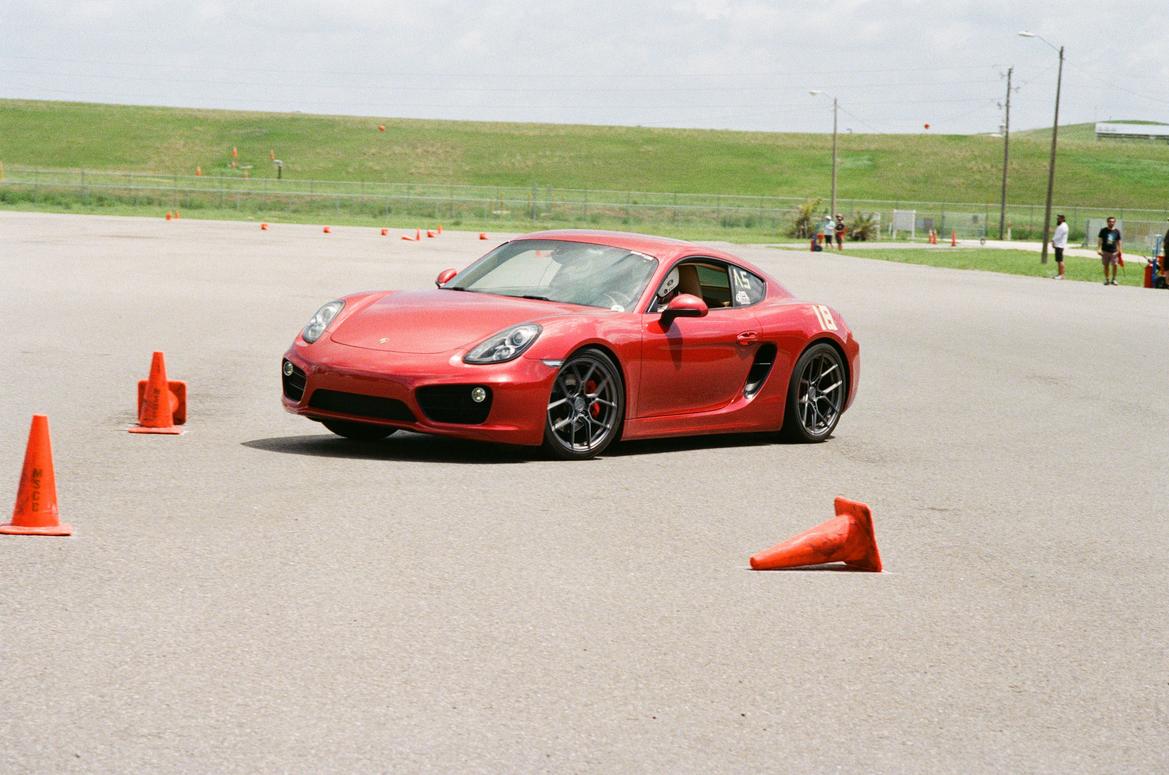
Canon had recently released its EOS line: autofocus, motorized film advance, fully automatic exposure controls. The camera practically loaded the film itself. The line debuted in 1987, and this was just a couple of years later.
I was reluctant. I can manually focus better than any computer, I protested.
Later that day, I owned a Canon EOS 630.
That camera would take me through college and into my first years here at GRM.
Around 2000, we went digital. The film cameras were put away and forgotten for years.
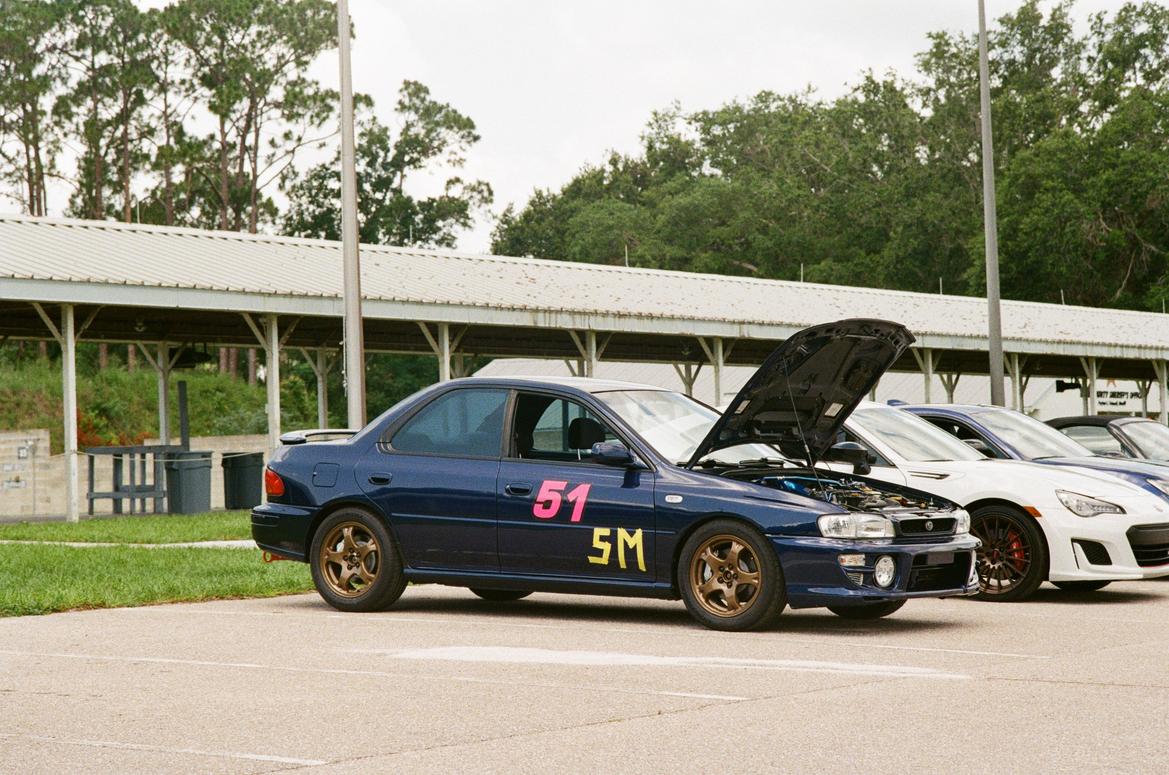
To keep up with the advances, we’d get new cameras every two years or so. The gains regarding resolution and speed just came that quickly.
Recently, though, I wondered: Could I still capture motorsports with a manual-focus film camera?
So I brought my Minolta CLE to a local autocross. This camera came out in 1980, but its ergonomics have more in common with a ’50s Leica than most anything else from the rad era.
The usual photo setup for motorsports these days: a modern mirrorless camera paired with a big lens. Today’s cameras can easily track a speeding car, constantly adjusting focus and exposure. Zoom lenses allow the photographer to constantly frame the action. A modern Canon R8, not even a pro-level camera, can capture up to 40 frames per second. Surely one of them will be good, right?
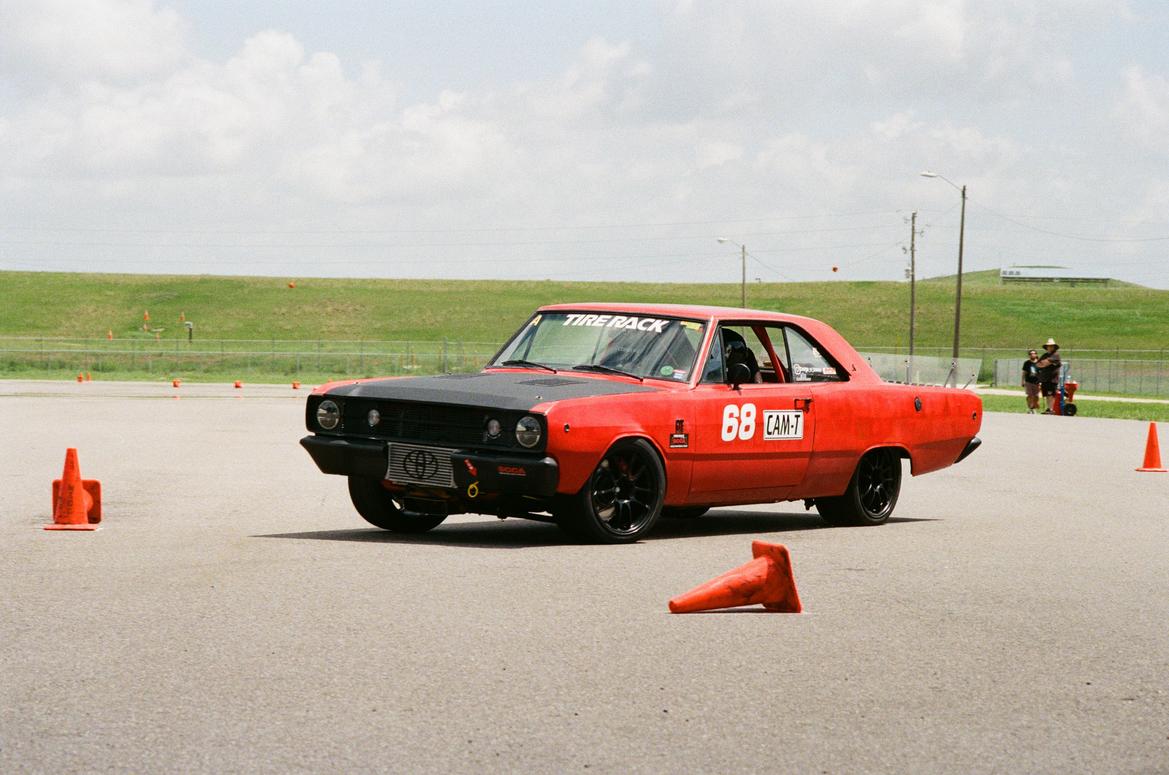
I stepped up to the edge of the site with my pocked-sized, manual-focus camera fitted with, by today’s standards, a rather short lens. No zoom, either. I’d have to wait for the action to come to me.
A trick from using manual-focus cameras back in the day: Focus ahead of the car and wait for its arrival.
Click.
I knew I fired too soon and likely cut off the tail end of an Elantra N.
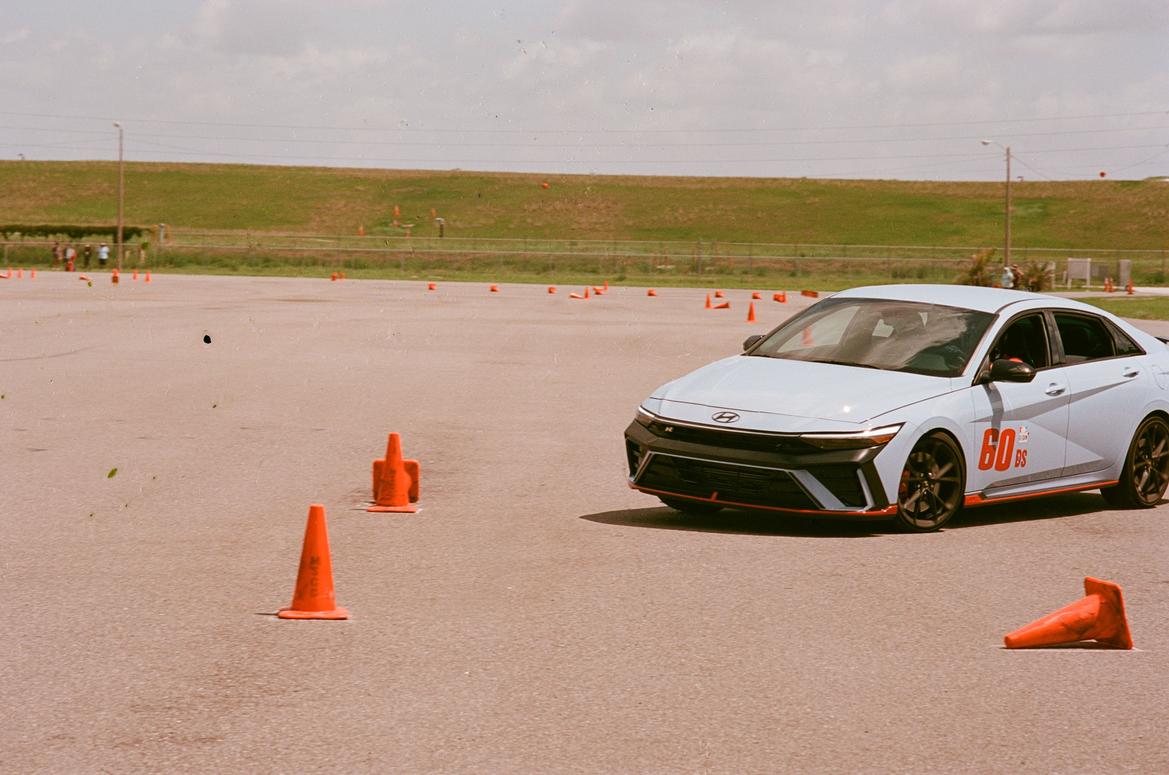
End of the roll, too. A nearby 20-something nearly lost his mind when he saw me pop open the back of the camera to change film.
The next six images: focus, click, advance; focus, click, advance; focus, click, advance; focus, click, advance; focus, click, advance; and, finally, focus and click.
Film’s no longer inexpensive, so that would be enough for now. My gut said I got them, but did I really?
When I got back the scans of the film, yep, I did. Other than that first missed shot, I was six for six.
And that’s how we photographed motorsports back in the day.
Sorry, Elantra N owner.
Plan for the next autocross: Head back with a film EOS camera and the 70-200 f/2.8 that I use for magazine work.
A nearby 20-something nearly lost his mind when he saw me pop open the back of the camera to change film.
This is definitely one of my favorite parts of shooting film, though it's usually someone much older than me getting a kick out of it, saying something along the lines of "I didn't realize they still made film."
Colin Wood said:A nearby 20-something nearly lost his mind when he saw me pop open the back of the camera to change film.
This is definitely one of my favorite parts of shooting film, though it's usually someone much older than me getting a kick out of it, saying something along the lines of "I didn't realize they still made film."
I like to bring a modern film SLR that people think is digital and hides under the radar only to pop the back open.
I shot part of the FL State Championchips on film using my Dynax 7. I do have a 70-210 F4, but took my 100-300 lens due to the size. Very digital like experience, but a few of my photos had noticeable back focus.
Still tricky framing for me for me as most of my shooting digital and autocross was with mirrorless and using the LCD screen. I skipped DSLRs entirely from digital point and shoots.
In reply to aw614 :
I have a Canon Rebel T2 that fills that niche really well. (My favorite part is that it uses modern EF lenses.)
I think I need to shoot it in manual mode more often, though, as something is just missing from the experience that I really enjoyed with my (now broken) K1000.
You'll need to log in to post.
grassrootsmotorsports





